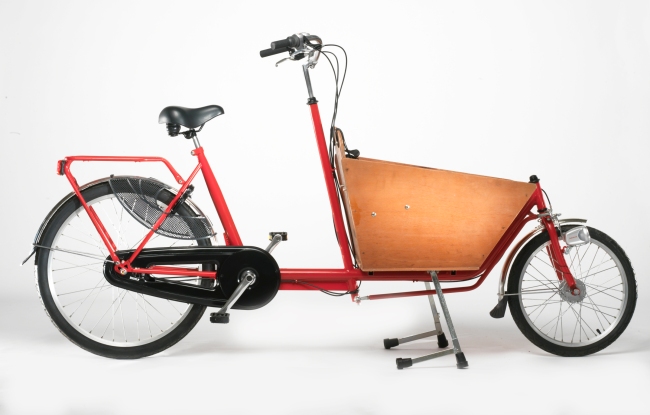Regular media and social media are abuzz with ‘Why you really don’t want to be a Londoner right now’ and ‘Top ten worst images from the London Tube strike.’ And its true its caused a little bit of hysteria: the London Underground is running a skeleton service Wednesday and Thursday (scheduled to end in a few hours) to protest staffing changes, including closing ticket offices (possibly to turn them into Amazon or grocery pick-up facilities, which I think sounds kind of awesome). The Tube workers say that the move will make the Tube less hospitable to elderly, disabled and female riders; I did see a Tweet from a disabled-advocacy group so there must be something that I’m missing.
Anyway. The strike is the first of 2 scheduled walk-outs in protest of the changes, and has resulted in a fair amount of chaos around the city, with bus queues stretching down streets and YouTube videos of arterial roads turned into parking lots.
That said, there was far less chaos than I was expecting. In my two days of commuting around London (one in heavy rain – awesome!), there were noticeably more people on foot. And larger were noticeably more aggressive – I saw a white van almost take out a woman my mother’s age on a left turn this morning. It was so egregious I tried to note down the plate, only to be enraged at the next street when a Royal Mail van did almost exactly the same thing. That said, motorized traffic through the city centre did not seem substantially worse than normal. And while there were loads of pedestrians around King’s Cross and around UCL, that’s pretty much standard, as well. In general, the most common comment I’ve seen on Facebook in response to ‘look at these crazy crowds!’ is ‘looks about normal to me.’
There have been noticeably more cyclists, though. Use of the cycle hire scheme is up 50% (with staffing to match) and there was a noticeable uptick in novice cyclists, both on personal and cycle-hire bikes, tooling around the city. Not only were they novices, they were jerks: lots more cycling on the sidewalk (or pavements, as they’re called here) and the wrong way down one-ways. There were also a number of efforts to encourage safe cycling, the most notable being the #bikethestrike campaign on Twitter, where regular commuters publicised their routes and led ‘rusty riders’ home like ducklings. Some of my coworkers have said they wish such a service existed all the time, so I’m hopeful that despite today’s awful weather, some of the cyclists will stick.
On the whole, I think efforts like #bikethestrike and seasoned cyclists’ desire to publicise the benefits have led to really lovely behavior. I had a nice chat with a man yesterday where I showed him how to work the machines and wished him well in his new job (it was his first day. Poor bastard.) Later, when I inadvertently cut off a lycra-clad, lithe young man in an expensive helmet, I turned around to apologise, and he said ‘no worries, I liked the look of you.’ While my initial reaction was ‘STILL GOT IT!” I realise now he was probably not flirting with me, after all. Of course, moments later, as I was cycling down Tavistock Road reflecting on how lovely people can be, a pedestrian stepped in front of a cyclist, who snarled ‘get out of the fucking way!’
Not that it excuses his behavior, but he totally had the right-of-way and the walked was behaving really dangerously by stepping in front of about a dozen cyclists, all accelerating to make it through the light.
While I think the Tube strike was unwarranted, and that ticket offices probably are outdated and expensive to maintain, I also think that things more or less went okay, given my expectations. If you were stuck in a car, I have no sympathy for you. And if some more people cycled…that’s great. The Tube transports about 4 million people every day, so I don’t want to suggest that it isn’t an important means of transport. Clearly, it’s one of the world’s great urban transpo networks. But the city didn’t grind to a halt without it – people walked, rode bikes, and found ways around it, and that’s what they (we) will do again in the event of another strike next week.















